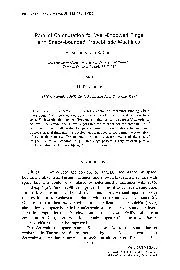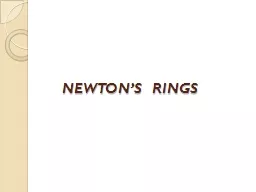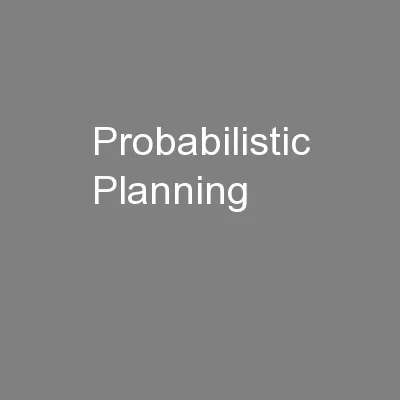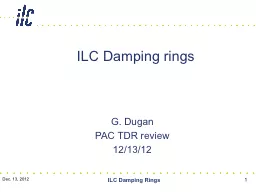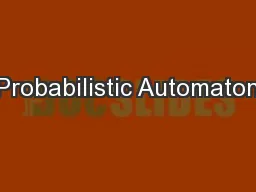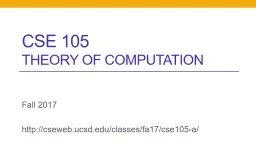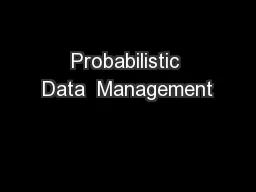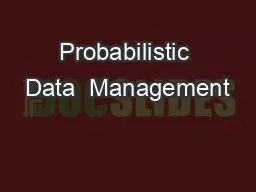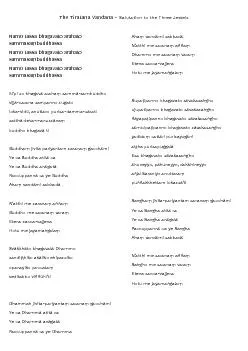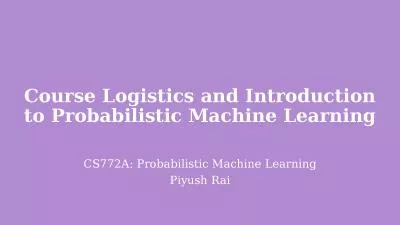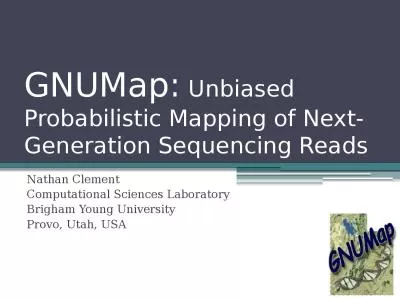PDF-Computation for Well-Endowed Rings Space-Bounded Probabilistic Machine
Author : min-jolicoeur | Published Date : 2015-12-06
AND CONTROL 58 113136 1983 It is shown that a probabilistic Turing acceptor or transducer running within space bound S can be simulated by a time S 2 parallel machine
Presentation Embed Code
Download Presentation
Download Presentation The PPT/PDF document "Computation for Well-Endowed Rings Space..." is the property of its rightful owner. Permission is granted to download and print the materials on this website for personal, non-commercial use only, and to display it on your personal computer provided you do not modify the materials and that you retain all copyright notices contained in the materials. By downloading content from our website, you accept the terms of this agreement.
Computation for Well-Endowed Rings Space-Bounded Probabilistic Machine: Transcript
Download Rules Of Document
"Computation for Well-Endowed Rings Space-Bounded Probabilistic Machine"The content belongs to its owner. You may download and print it for personal use, without modification, and keep all copyright notices. By downloading, you agree to these terms.
Related Documents

